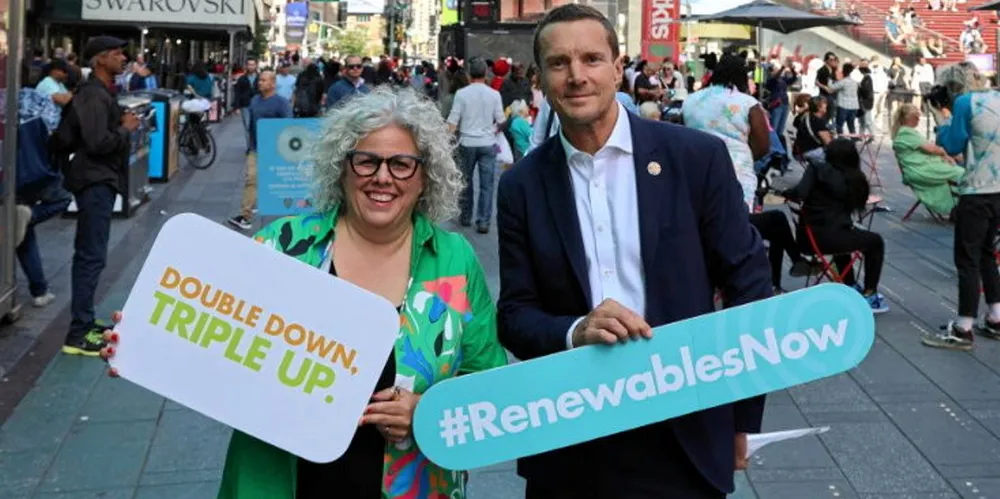Five challenges the world faces to meet COP28's 'triple renewable energy' goal
Agreement reached at climate summit in Dubai hailed as ‘unprecedented’ and a ‘paradigm shift,' but hurdles lie ahead

Global leaders reached a historic agreement at COP28 to triple renewable energy by 2030 to keep a 1.5°C pathway within reach – but the world will have to overcome five key challenges to turn words into action.
Where there is certainly widespread celebration however is the summit agreement – dubbed “the UAE Consensus” – calling on countries to triple their renewable energy capacity globally by the end of the decade.
That will mean increasing installed renewables from 3.4TW of capacity globally at the end of last year to 11TW by 2030.
“This goal is within sight if governments set targets that reflect the current pace of change and roll out robust new policies to supercharge the building of solar and wind power.”
Bruce Douglas, CEO of the Global Renewables Alliance, said the inclusion of this goal is “unprecedented and signals the start of a massive clean energy revolution.”
“It is the first time all nations have recognised renewable energy as the main solution to the climate crisis, representing a paradigm shift in the energy transition.”
However, if tripling renewables is to be more than just talk – or “blah, blah, blah,” as activist Greta Thunberg once labelled empty words from world leaders on climate action – then there are five key challenges that will have to be overcome.
Set ambitious targets
One ambitious target calls for others. To triple renewables globally, individual countries now need to step up their game.
A recent International Renewable Energy Agency (IRENA) report found that G20 countries commitments made in their nationally determined contributions (NDCs) – the efforts countries take to meet goals set in the Paris Agreement – are “less than half” of what is needed to triple renewables by 2030.
G20 countries alone will need to grow their renewable power capacity from less than 3TW in the last year to 9.4TW by 2030, said IRENA, accounting for 80% of the global total.
All this requires an “urgent and significant escalation of commitments,” said IRENA, while also aligning NDCs with national targets and policies.
But a global tripling “does not require each country to triple,” said Altieri.
It would not be “feasible” for some countries with a high share of renewables to triple again, she said. Others starting from a lower level will however need to “more than triple.”
Financing
Hitting 11TW of green power globally by 2030 will, to say the least, not come cheap.
The US has perhaps led the way when it comes to putting money on the table with its landmark Inflation Reduction Act passed last year.
The International Energy Agency (IEA) says it will also be crucial to “establish large-scale financing mechanisms to triple clean energy investment in emerging and developing economies,” otherwise the world is “likely to fall short" of tripling renewables.
Permitting
Permitting can be such a laborious and slow process it is often said to take longer than building the wind and solar farms themselves.
A global commission set up to look into this issue released a report in September proposing a nine-point plan for “fast and fair” permitting.
That included establishing clear timelines to ensure predictable permitting processes, hiring enough people to deal with permitting requests, and engaging local communities as early as possible to win over their support for projects.
Grids
Countries can invest in renewables as much as they want, but without grids to transport energy from the new wind and solar farms to a citizen’s proverbial kettle, it’s not doing much good.
The report identified 3TW of renewables projects – almost the same amount as is currently online globally – being developed but waiting for the green light to connect to the grid.
Investment in renewables has nearly doubled since 2010 but the IEA found it has is “remaining static” for grids at around $300bn per year.
Innovation
With such a lot of ground to make up, there will need to be a continued push to squeeze the most out of every renewable energy installation that is made.
It will also require further backing for burgeoning technologies in energy storage, which is increasingly gaining prominence as the backbone that will be needed to back up the huge amount of intermittent renewables coming online.